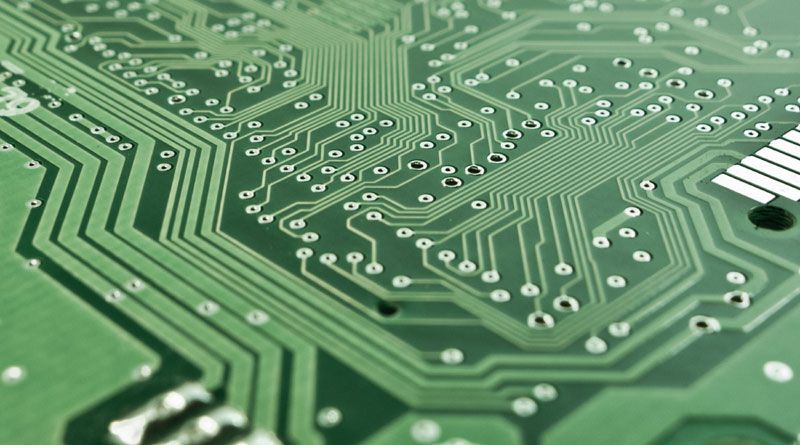Once reserved for engineers at large companies, printed circuit board (PCB) design is now open to hobbyists, students, and independent entrepreneurs. Numerous innovations made it possible to produce small quantities of PCBs at lower costs, allowing anyone to design and order their own circuit boards to support their projects.
Many startups begin in basements and garages, and now those industrious entrepreneurs can realize their dreams without massive capital and in-depth engineering experience.
Plenty of PCB design resources are available to help you design your own PCB, but here are the basic steps in creating your own custom PCB design for your hardware startup.
Create Your Budget
PCBs may be cheaper to produce than ever before, but you can still put a lot of money into your design. Creating – and sticking to – a budget ensures that you have the money you need for the raw materials and components you want.
Budgeting also gives you a built-in cushion to prepare for unexpected expenses, such as material substitutions or design changes. Make sure you include the cost of educational products, services, or software necessary to complete your design.
Draft a Schematic
Without experience, navigating PCB software is no simple feat. When you create a PCB schematic, you can realize the rest of your vision and organize the layout of your components, connections, and outputs.
Begin with the simplest version of your idea. Once you know you have no errors, you can experiment with the placement of the components to balance the necessary performance with the desired costs. It’s good to create multiple versions of your PCB schematic to compare different elements.
Make a List of Components
Once you know the costs and necessary materials, you can create a list of components you’ll need for your PCB design. Be sure to include the number or amount of each component relative to the number of PCBs you plan on ordering. If you’re getting a high-volume order, you may get a discount on the raw materials.
This is a good opportunity to cut costs or upgrade components as your budget allows.
Perfect the Layout
Even with the best design, you can experience issues during manufacturing that can compromise your design. These may include wiring direction, temperature thresholds, and spacing. Be sure to take all of these possibilities into account when perfecting your layout to ensure a smooth production process.
Perform Tests with Computer Simulation
Computer simulations are a vital part of the PCB design process. You can run simulations to identify possible circuit errors or other problems that can impact your design. Modern software can identify problems and suggest solutions, saving you time and money in the design process.
Develop a Professional Relationship with a Manufacturer
Your design is important to the performance of your PCB, but so is the manufacturer. High-quality PCB manufacturers can advise you on design concerns and offer valuable insights from years of industry experience.
PCB manufacturers usually have engineers for consultation to optimize your design or evaluate your design’s performance. These engineers may also tell you if you should undergo prototype board testing before ordering high volumes.
A good working relationship with the manufacturer is also vital as your startup scales and you need more guidance. Use the manufacturer to your advantage and keep up with the process to learn and grow.

Justin Ou is one of four Co-founders and Marketing Manager of Gerber Labs, an Orange County based engineering startup that is currently rolling out a platform that makes custom printed circuit boards (PCB’s) accessible to electrical engineering students, hobbyists and small businesses.

